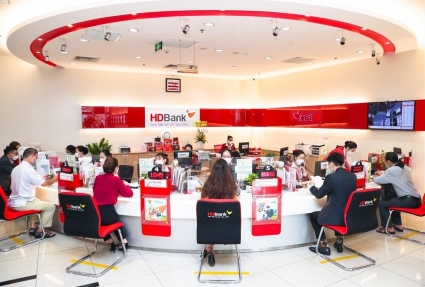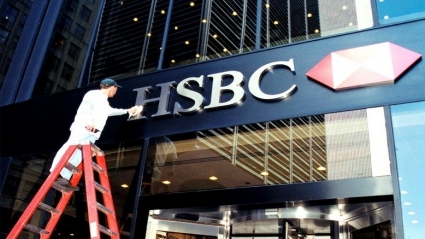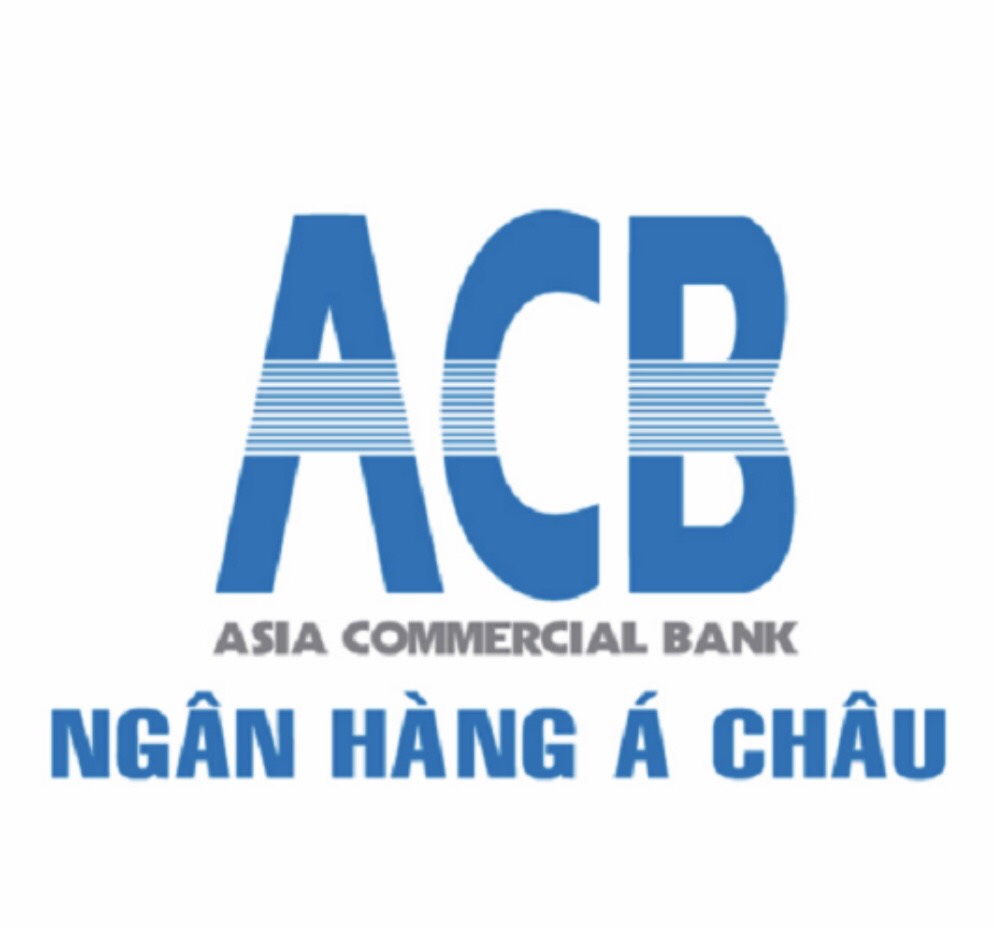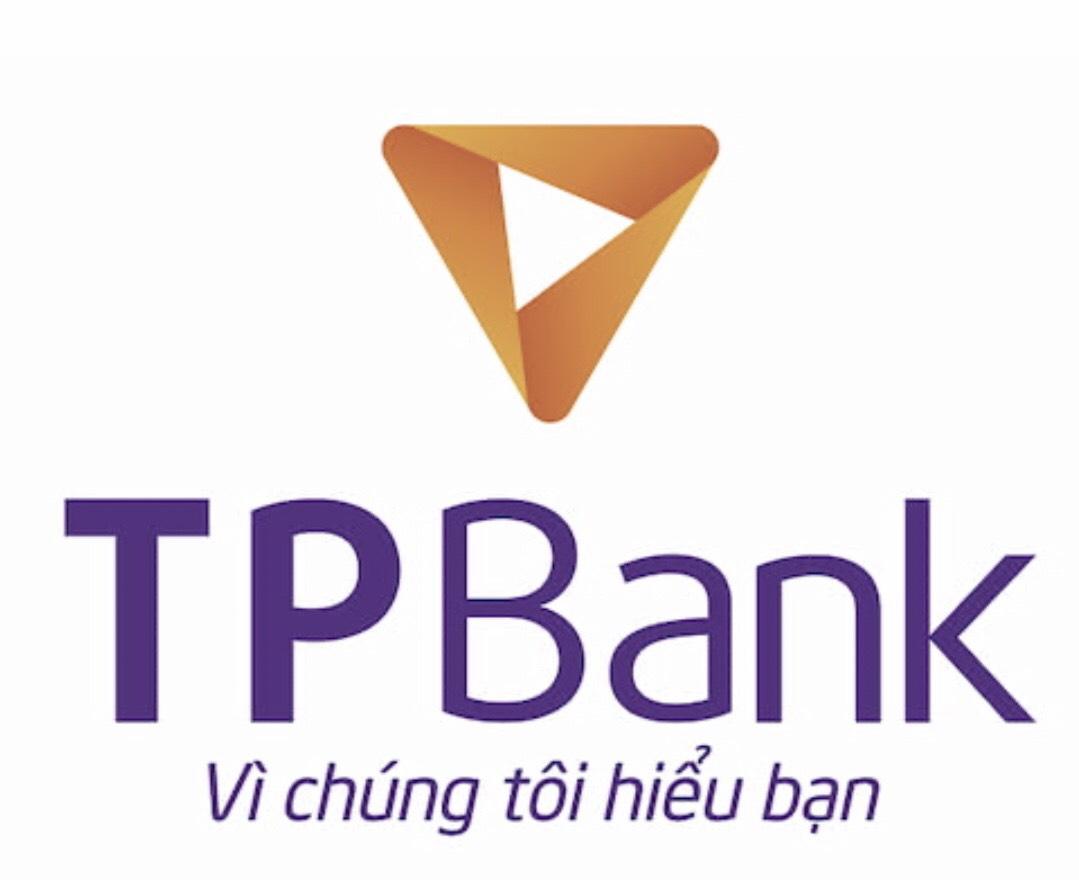Vietnam’s Hiking Cycle Under Way, HSBC Says
However, rising core inflation increasingly suggests the SBV’s hiking cycle is still under way. HSBC expects the SBV to raise its refinancing rate by 50bp each in 1Q23 and 2Q23, taking the refinancing rate to 7.0% by mid-2023.
The biggest downside risk to Vietnam’s growth is intensifying trade headwinds. Vietnam is not immune to a notable global trade slowdown – in other words, “pay-back” time has arrived. Since the advent of the US-China trade tensions Vietnam has been one of the biggest beneficiaries in terms of both trade and FDI diversion, boosting its export share in the US market in particular. As a result, Vietnam has become increasingly vulnerable to a US economic slowdown.
The other risk comes from upward pressures to energy prices. Despite petroleum prices falling below June’s peaks, they remain at elevated levels. To reduce the risk of potentially volatile onshore fuel inventories, the government has been directing domestic refineries and energy SOEs to plan to raise energy imports for at least the first half of 2023. This would likely squeeze Vietnam’s current account advantage, on the back of higher import bills.
Vietnam is still benefiting from re-opening, with retail sales up 17% y-o-y in November. Although sequential growth is showing some signs of moderating, there is still room for a recovery.
International tourists reached just 16% of 2019’s levels year-to-date in November 2022.
Expanding into new markets, such as India, will provide some support against a lack of mainland Chinese tourists.
However, external headwinds may weigh on the local labour market. Many workers have experienced cuts in working hours. The Vietnam General Confederation of Labor expects pressure on manufacturing employment to continue until mid-2023.
The US and the EU encompass more than 40% of total exports. Some major export categories are also dominated by the US, with almost half of Vietnam’s machinery exports sent to the US.
Another major export category highly exposed to US demand is wooden products (roughly 60%).
Slowing property market activity in the West brings further downside risk to Vietnam’s exports.
Not all is gloomy. Despite cyclical headwinds, firms continue to invest in Vietnam. Major electronics firms Samsung and LG both recently announced that they will be further investing in Vietnam, highlighting Vietnam’s long-term attractiveness.
Các tin khác
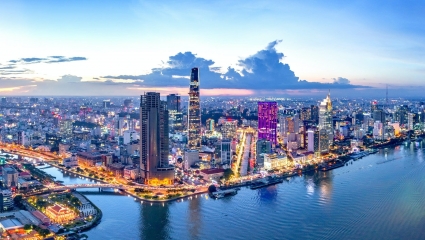
Standard Chartered Forecast Vietnam 2023 GDP Growth at 7.2%
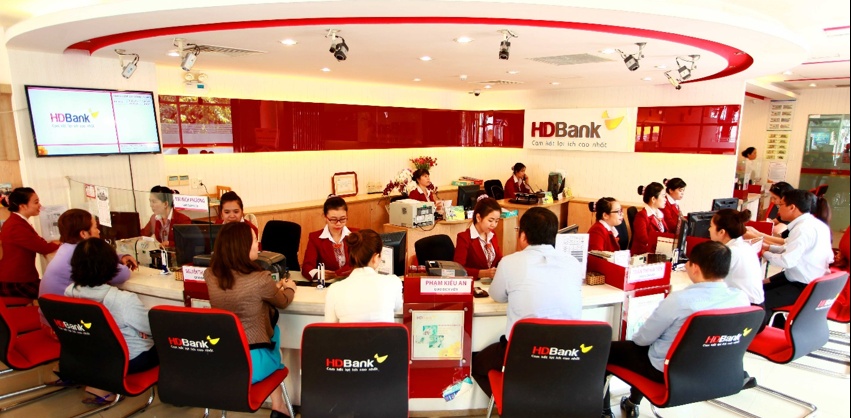
Tough year expected for banks in 2023

Amazon Global Selling Vietnam Reveals its 2022 Vietnam SMEs Empowerment
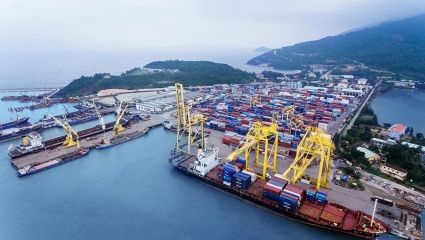
Vietnam: Bracing for a Trade Winter
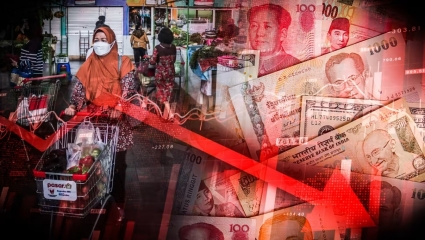
Asia Economies to Benefit from China’s Opening in Second Half 2023
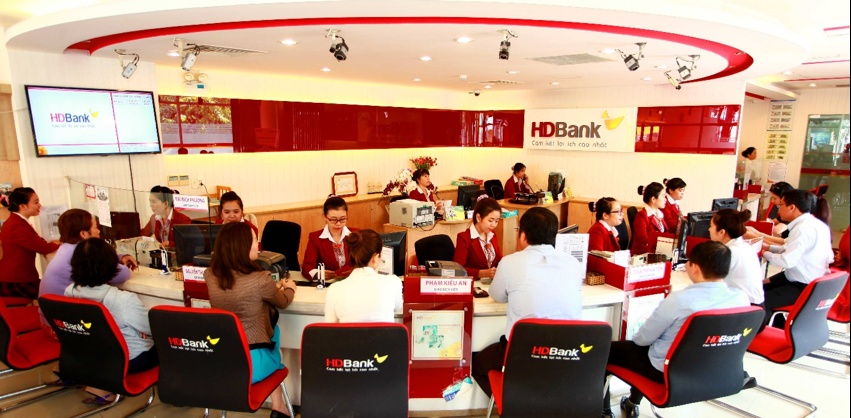
One More HDBank Leader Registered to Buy HDB Shares
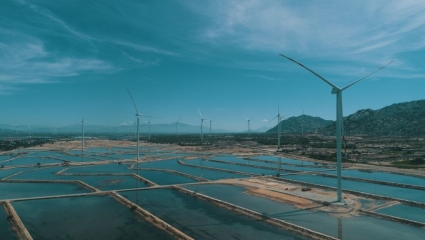
Sign of a Loan Agreement for Ninh Thuan Province Onshore Wind Power Project
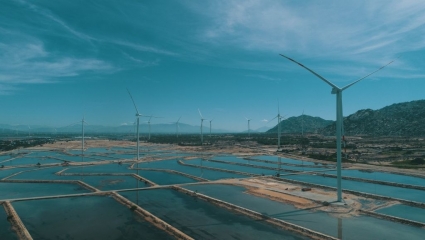
ADB, BIM Wind Sign $107 Million Financing Package to Support Wind Energy in Viet Nam
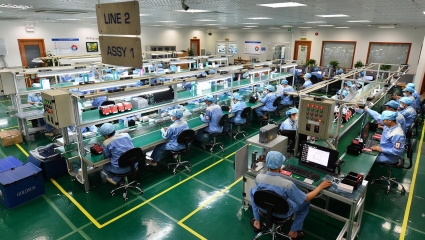
International Agreement to Support Vietnam’s Ambitious Climate and Energy Goals
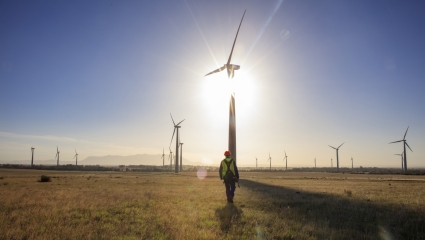
Vietnam to Receive $15.5 billion for Energy Transition
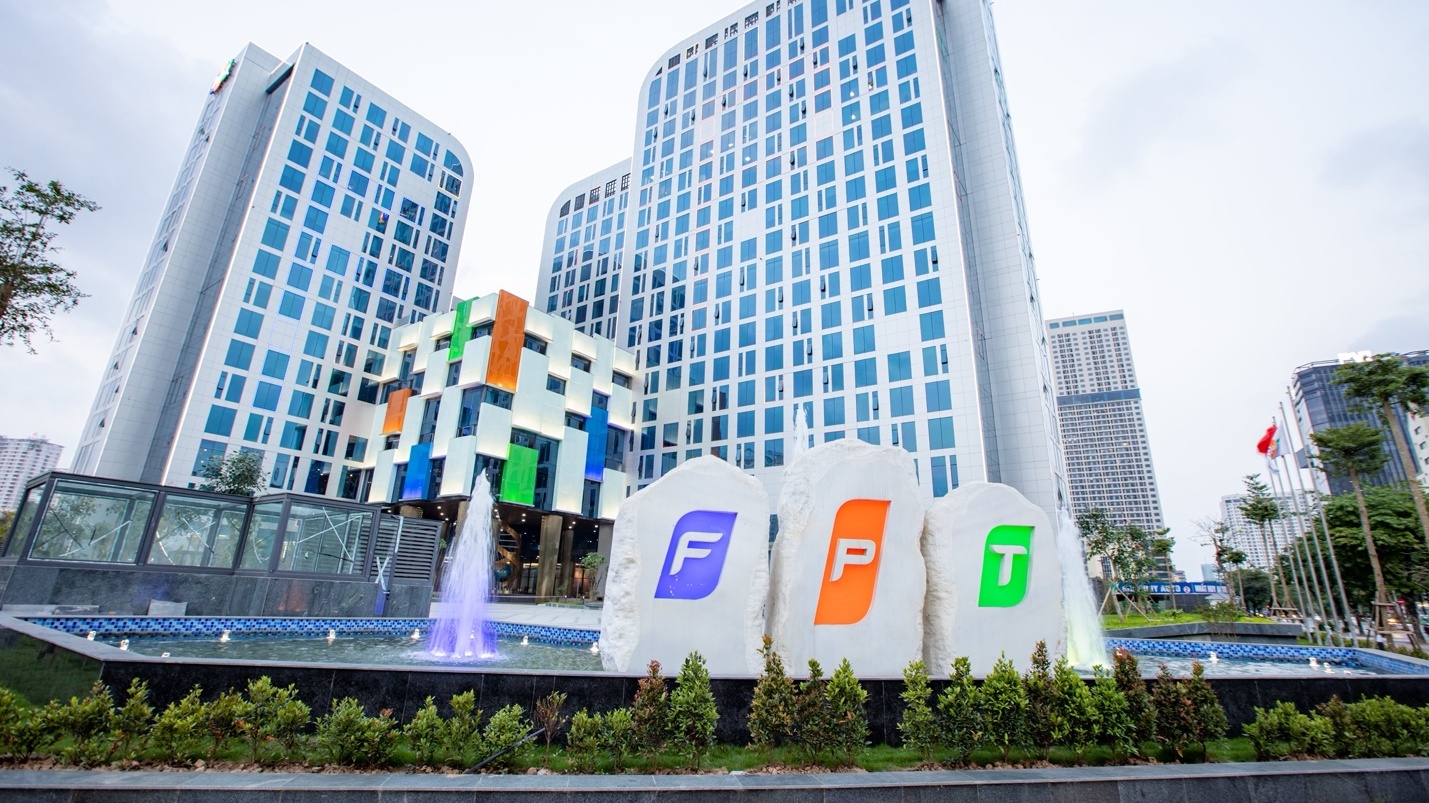
FPT Announced Business Results in the 11 Months of 2022
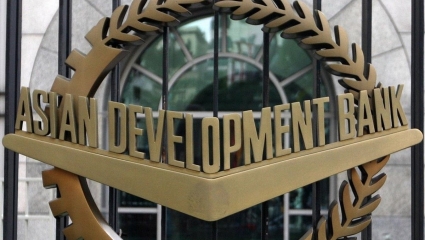
ADB Lowers Growth Forecast for Developing Asia amid Global Gloom

Amazon Announces its Biggest Holiday Shopping Weekend Ever
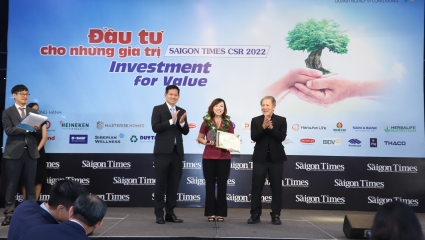
Unilever Vietnam to Consolidate the Position in Circular Economy

Archetype Group Celebrated 20 Years of Growth
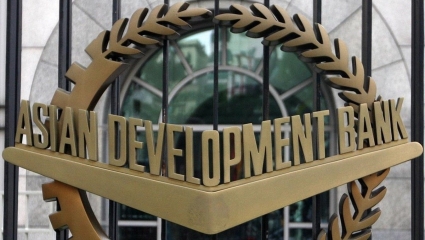
ADB, HAYAT KIMYA to Support for Women and Children’s Lives in Vietnam
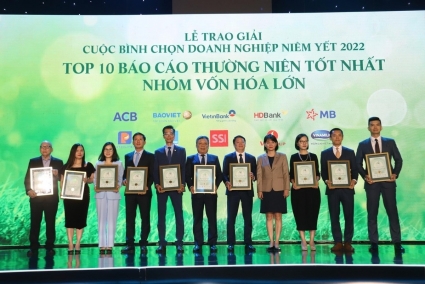
HDBank is the Large-Cap Listed Company With the Best Annual Report 2022
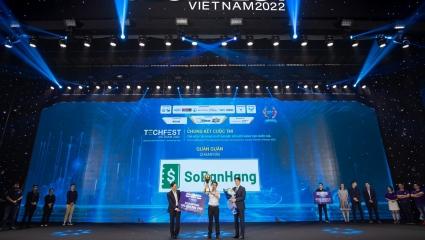
Sobanhang Excellently Won the Champion of National Innovative Technopreneur Contest
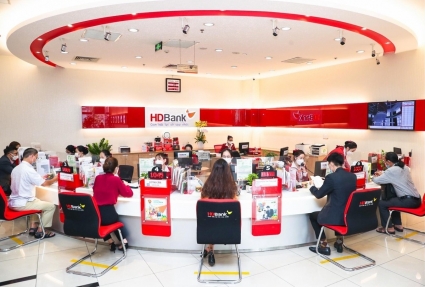
General Director of HDBank Continues to Rregister to Buy 1 Million of HDB Shares
